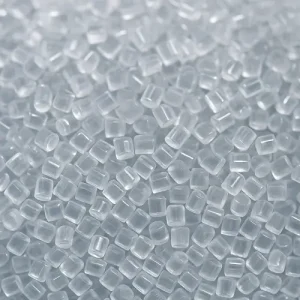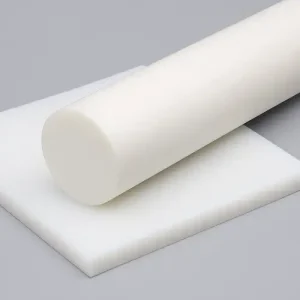Polystyrene (PS) injection molding: properties, processing and mold design points
Polystyrene (PS) is one of the most widely used thermoplastics in industrial production. Since its commercialization by BASF in Germany in the 1930s, this material has been widely adopted in industries such as packaging, home appliances, medical devices and prototyping due to its high rigidity, transparency and good processability. While it is commonly used in …




